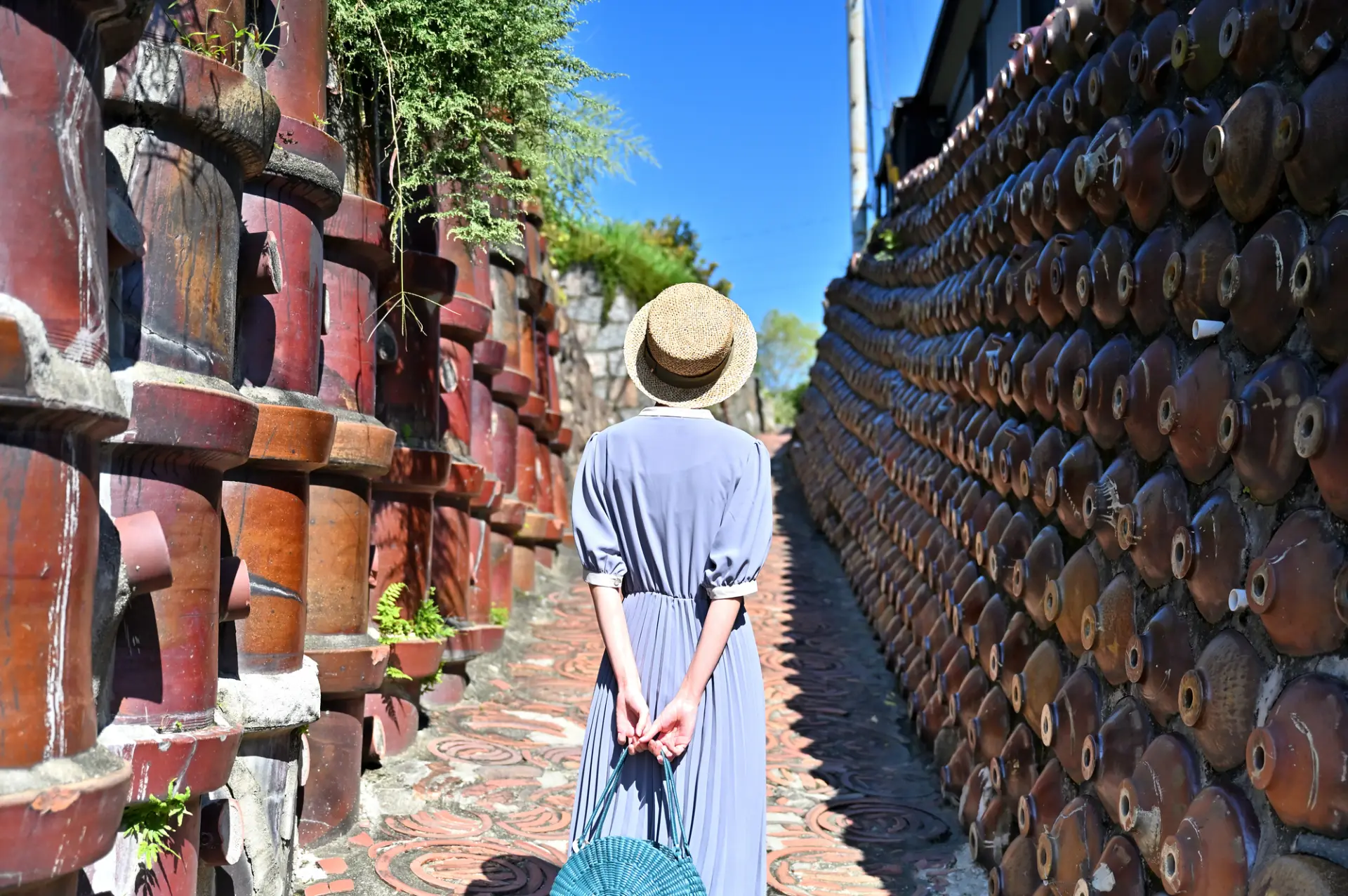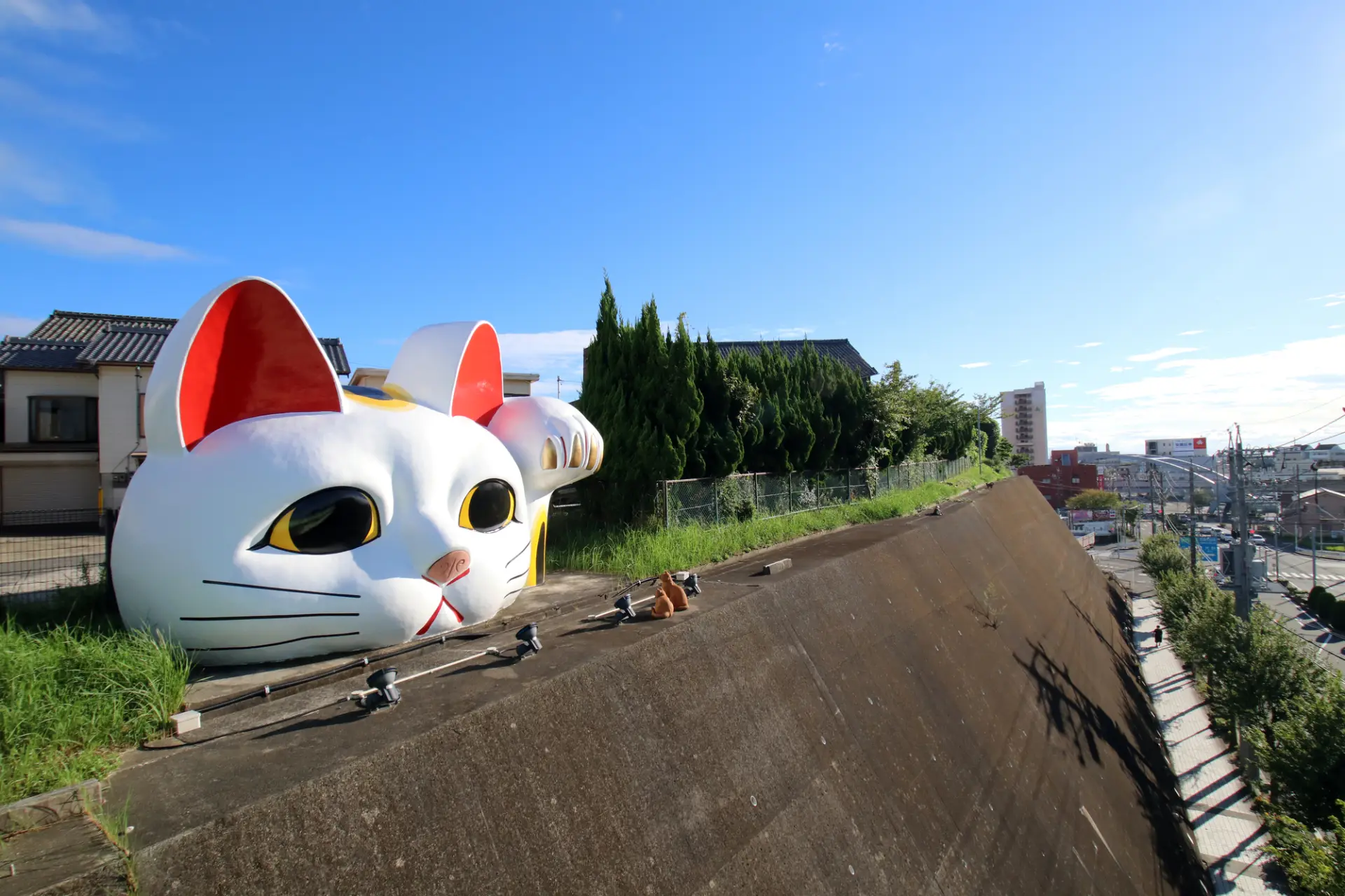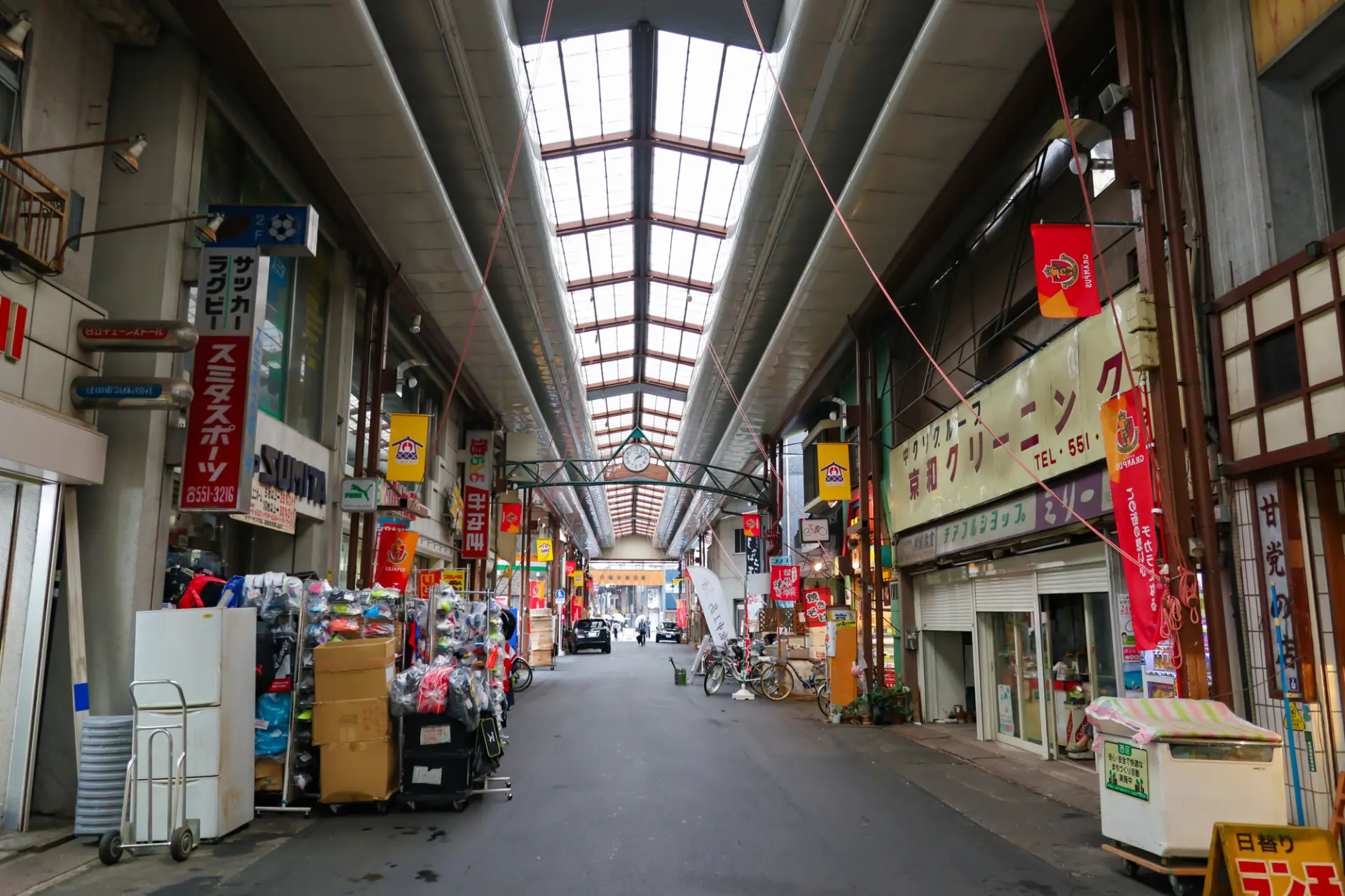![[A New Kansai Trip Starting from Nagoya] A Model Course Full of Deep Experiences](https://static.gltjp.com/glt/data/article/22000/21142/20250924_104935_4dd64466_w1920.webp)
[A New Kansai Trip Starting from Nagoya] A Model Course Full of Deep Experiences
If you have already visited Kansai’s classic destinations such as Osaka and Kyoto several times, why not take a more seasoned traveler’s approach for your next trip?
This article proposes exactly that: beginning your Kansai journey from Nagoya.
Starting in Nagoya allows you to enjoy your trip efficiently while keeping costs down-a practical travel method that surprisingly even many Japanese people are not yet aware of.
Here, we introduce a 4-day, 3-night model course that departs from Chubu Centrair International Airport (Centrair) and takes you through hidden and distinctive spots in the three cities of Nagoya, Kyoto, and Osaka.
3 Benefits of Starting Your Kansai Trip from Nagoya
The greatest advantages of starting your Kansai trip from Nagoya are its excellent accessibility and the high degree of freedom it offers in planning.
In addition to the Shinkansen, Nagoya boasts an extremely well-developed transportation network, which enables you to travel quickly and comfortably to the major cities of Kansai.
Because you can flexibly choose your means of transportation according to your purpose and budget, the trip provides both cost-effectiveness and time efficiency, allowing you to enjoy not only the Kansai region but also the Chubu region along the way.
From here, let us introduce these benefits in more detail.
1. Save on Accommodation Costs and Spend More on Food and Leisure
Although it may seem unexpected to stay in Nagoya during a Kansai trip, deliberately choosing to spend the first night in Nagoya is actually a smart way to reduce costs while still making the most of your journey.
Regardless of season, the average nightly accommodation cost per room is generally several thousand to tens of thousands of yen cheaper in Nagoya than in Osaka.
For instance, if we compare the well-known luxury hotel Hilton, Hilton Nagoya is about 10,000 yen cheaper per weekday night than Hilton Kyoto, and depending on the time of year, the price difference can even exceed 30,000 yen.
The same trend applies to business hotels: accommodation in Nagoya tends to be several thousand yen less expensive than in the Kansai area.
If you allocate the money saved on accommodation to gourmet dining, cultural activities, or leisure experiences, you will find that the overall richness and satisfaction of your trip increase significantly.
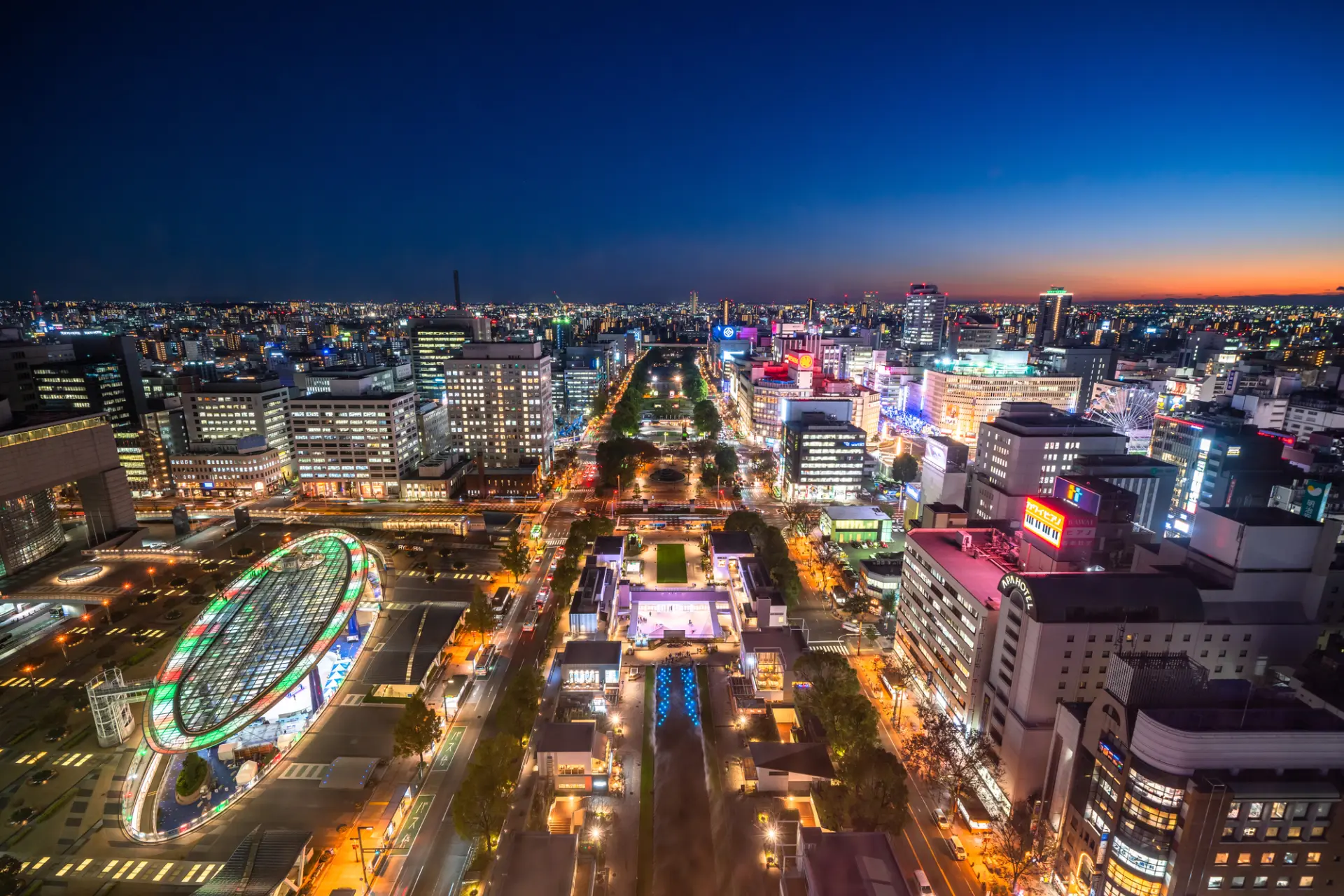
2. Smooth Access to the Kansai Region
Nagoya’s gateway to the skies is Chubu Centrair International Airport (Centrair).
This airport is served by major airlines and plays an important role as a hub for both domestic and international flights in the Chubu region.
It operates 24 hours a day, and its passenger terminal is well equipped with restaurants, souvenir shops, and even bathing facilities, allowing visitors to enjoy food and shopping as soon as they arrive.
Access from the airport to the city center is also very convenient. Thanks to the direct airport line, you can reach Meitetsu Nagoya Station in as little as about 28 minutes.
From there, the Shinkansen ride from Nagoya to Kyoto takes only 34 minutes, and with more than 100 departures per day, you can flexibly adjust your schedule.
Incidentally, traveling from Centrair to Kyoto via the Shinkansen is faster in total travel time compared to going via Kansai International Airport.
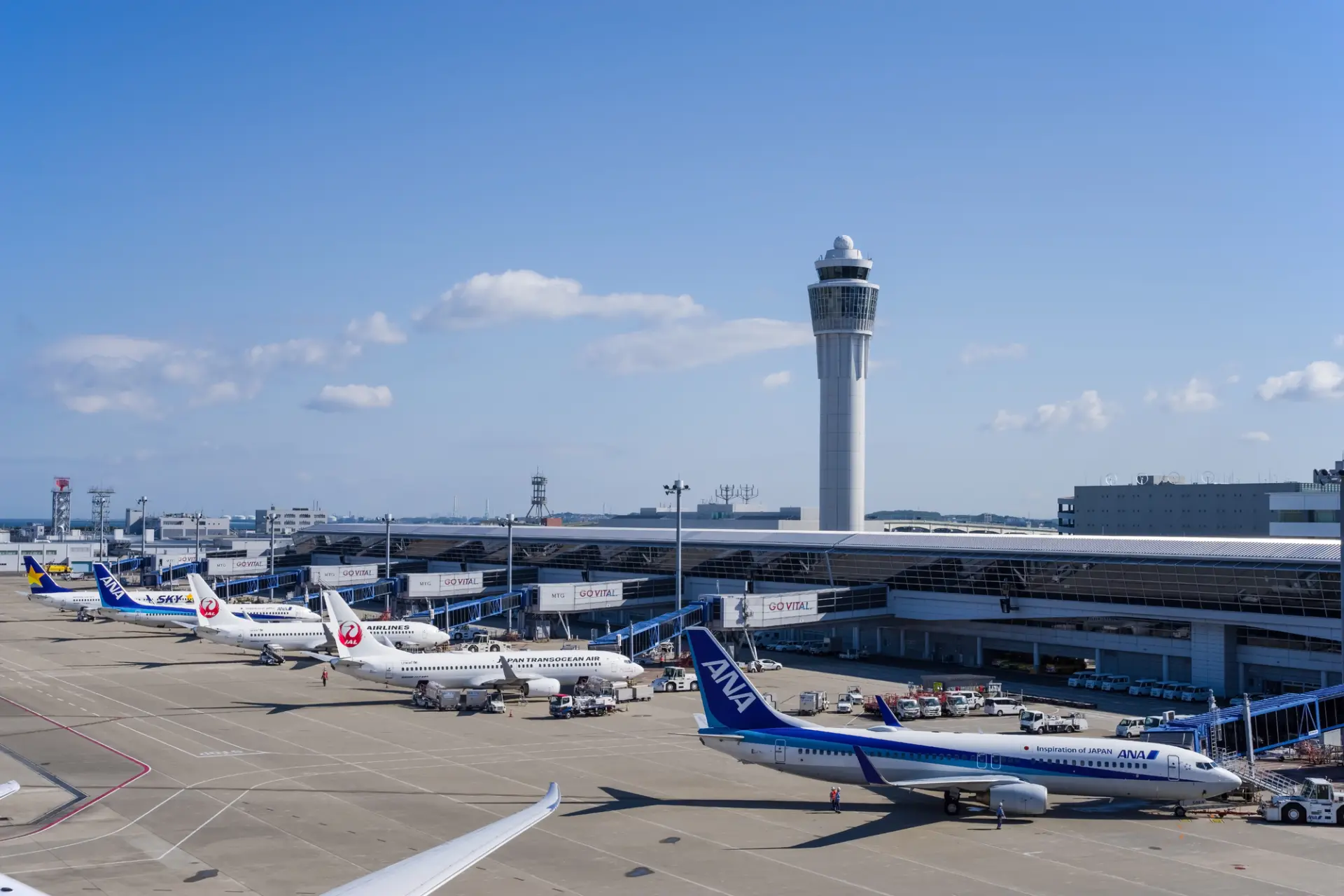
3. Shorter Waiting Times at Immigration, Allowing a Smooth Start to Sightseeing
Kansai International Airport, one of the largest in western Japan, handles a very large number of flights and passengers, with demand from Taiwan and Hong Kong travelers being about three times greater than at Centrair.
On the other hand, Centrair is known for its efficiency, thanks to advanced immigration control systems and automated gates that streamline the process.
As a result, even during busy periods, waiting times are relatively short, and you can often start sightseeing within 30-40 minutes after landing-a major advantage that makes for a smoother beginning to your trip.
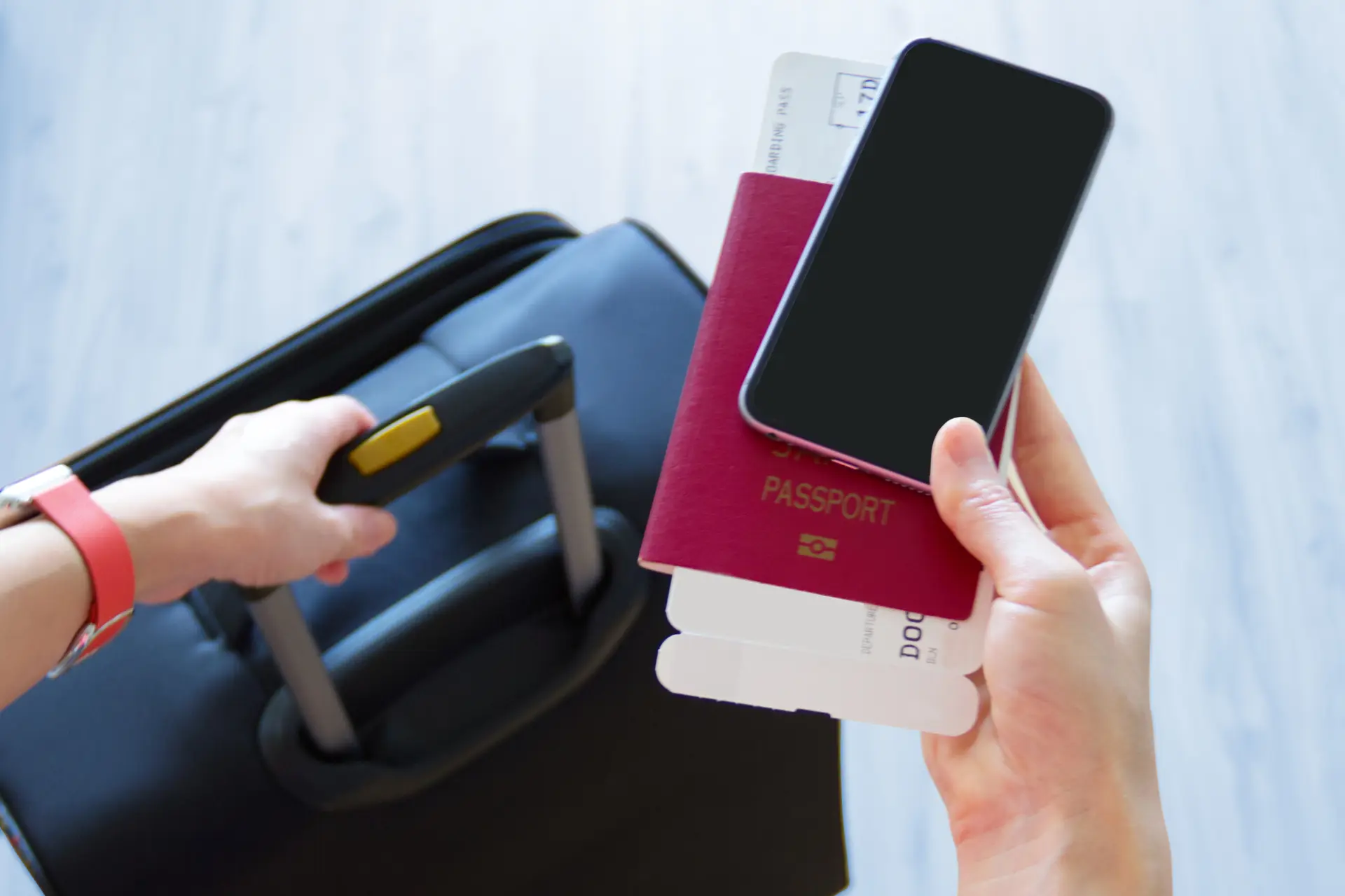
A 4-Day, 3-Night Model Course for a Deep Kansai Trip Starting from Nagoya
From Centrair as your starting point, this itinerary takes you through Nagoya, Kyoto, and Osaka. By following it, you will enjoy not only famous tourist sites but also hidden gems and local food culture, making for a deeply immersive journey.

Day 1: Exploring Nagoya’s Hidden Gems
The first day of the model course is dedicated to exploring hidden gems in Nagoya, where you can experience diverse attractions including sightseeing, food, and scenic views.
There are also many photogenic spots, so be sure to capture lots of memories.
The Journey Begins at Chubu Centrair International Airport (Centrair)
Your journey begins at Chubu Centrair International Airport (Centrair) in Nagoya.
The passenger terminal and the various transportation options are directly connected by the covered walkway Access Plaza, allowing you to move comfortably without worrying about the weather or heavy luggage.
The route from the plane to Centrair Airport Station is also smooth and straightforward, so even first-time visitors can transfer with peace of mind.
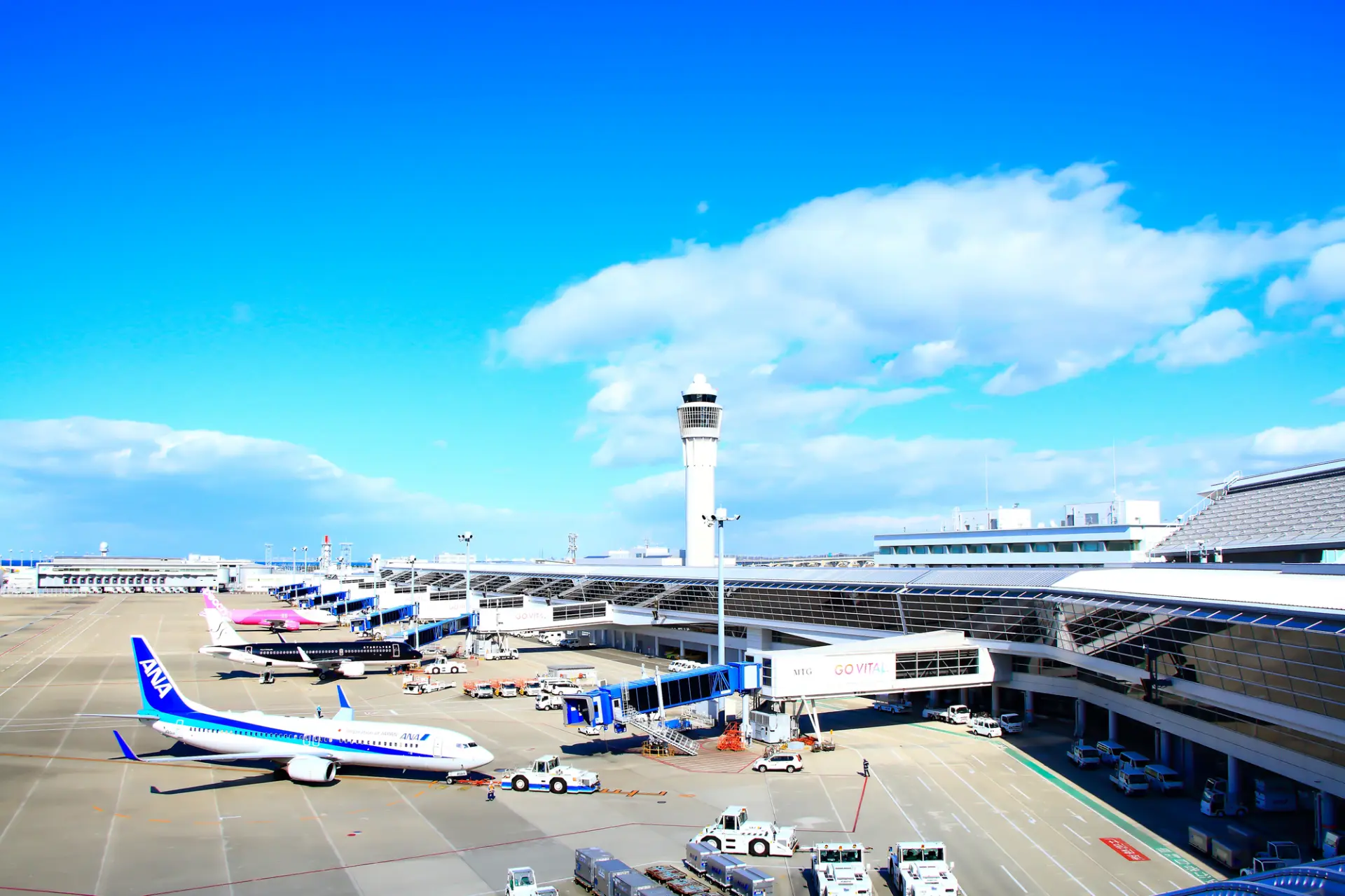
Strolling Through the Pottery Footpath in Tokoname
From Centrair Airport Station, take the Meitetsu Airport Line for about 5 minutes to Tokoname Station, then walk to your first destination, the Pottery Footpath.
On the way, you will pass Tokoname Manekineko-dori, where walls are decorated with countless cat figurines-already one of the highlights of the walk.
Towering above is Tokonyan, a giant beckoning cat measuring 3.8 m tall and 6.3 m wide, serving as the symbol of Tokoname, which boasts the largest maneki-neko production in Japan. Be sure to take a commemorative photo here.
The Pottery Footpath flourished as a ceramics district during the early to mid-Showa era, and today it still preserves remnants such as brick chimneys, climbing kilns, black-walled workshops, and Dokanzaka (Ceramic Pipe Hill).
The walking route lined with traditional townscapes has been selected for the Top 100 Beautiful Historical Landscapes of Japan (Provisional Selection). It is especially popular for the unique atmosphere created by the harmony between daily life and cultural heritage.
Maze-like alleys dotted with cafés and general stores make strolling itself an enjoyable experience.
If you come across the retro-style Tokoname Milk Stand, be sure to stop by and try Tokoname Milk, known for its sweet aroma and smooth richness, available only in this region.
Enjoying Nagoya’s Skyline at Chubu Electric Power MIRAI TOWER
Next, head to the symbolic landmark of Nagoya, the Chubu Electric Power MIRAI TOWER.
From Tokoname Station, transfer trains and travel for about 1 hour to Sakae Station, then walk about 3 minutes.
Completed in 1954, this was Japan’s first consolidated radio tower. In 2022, it became the first tower in the country to be designated as an Important Cultural Property.
Standing 180 m tall, the tower offers two observation decks: the indoor Sky Deck at around 90 m and the outdoor Sky Balcony at around 100 m, both providing panoramic views over Nagoya’s cityscape and distant mountains.
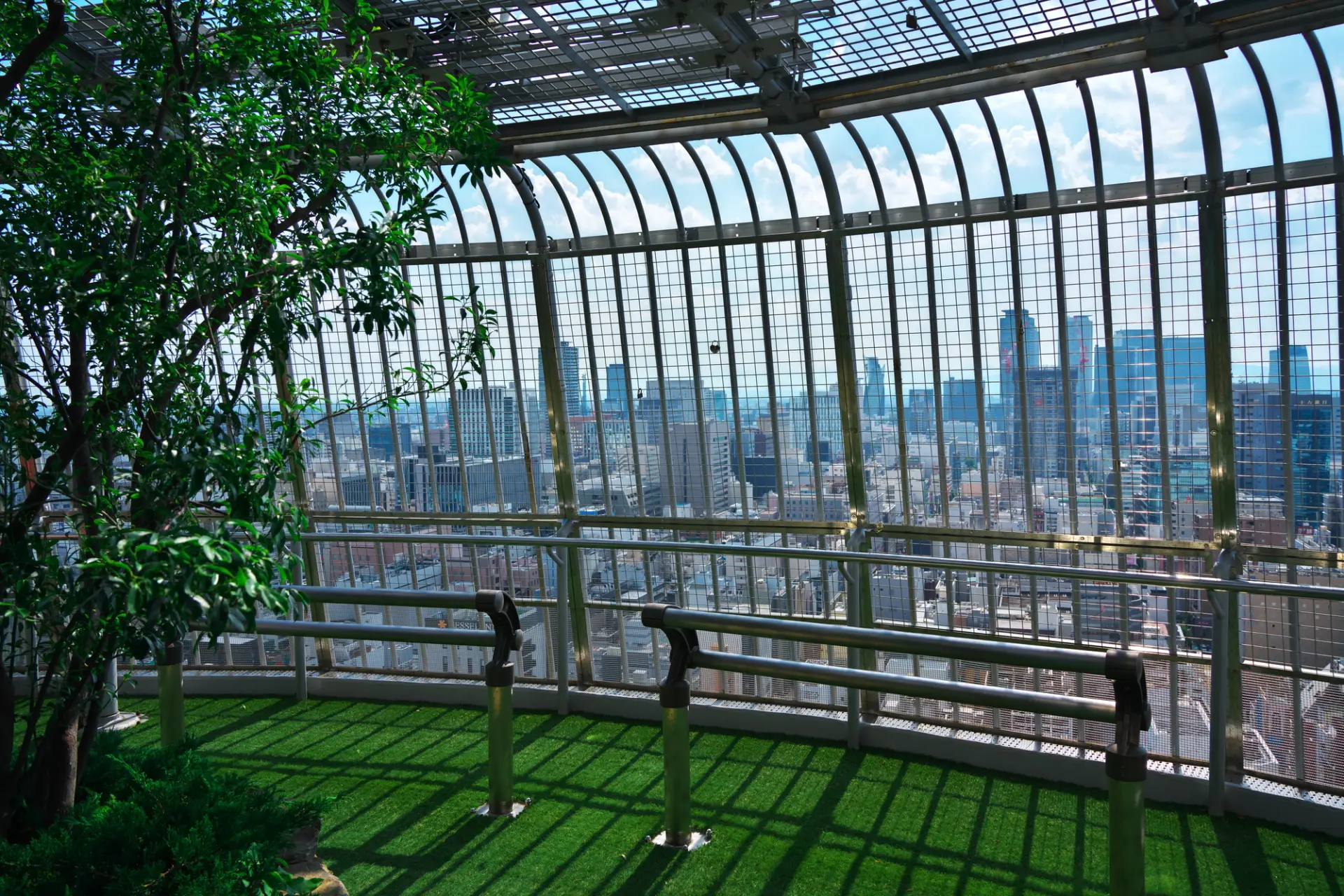
Architecture and Shopping at Oasis 21
After enjoying the tower, walk a few minutes to Oasis 21, a futuristic multi-level park that integrates a lawn plaza, a bus terminal, and more than 30 shops into one large facility.
Its symbolic circular glass roof, Spaceship-Aqua, is covered with a thin layer of water that reflects light to create mesmerizing ripples.
At night, the structure is beautifully illuminated, creating an enchanting and photogenic atmosphere.
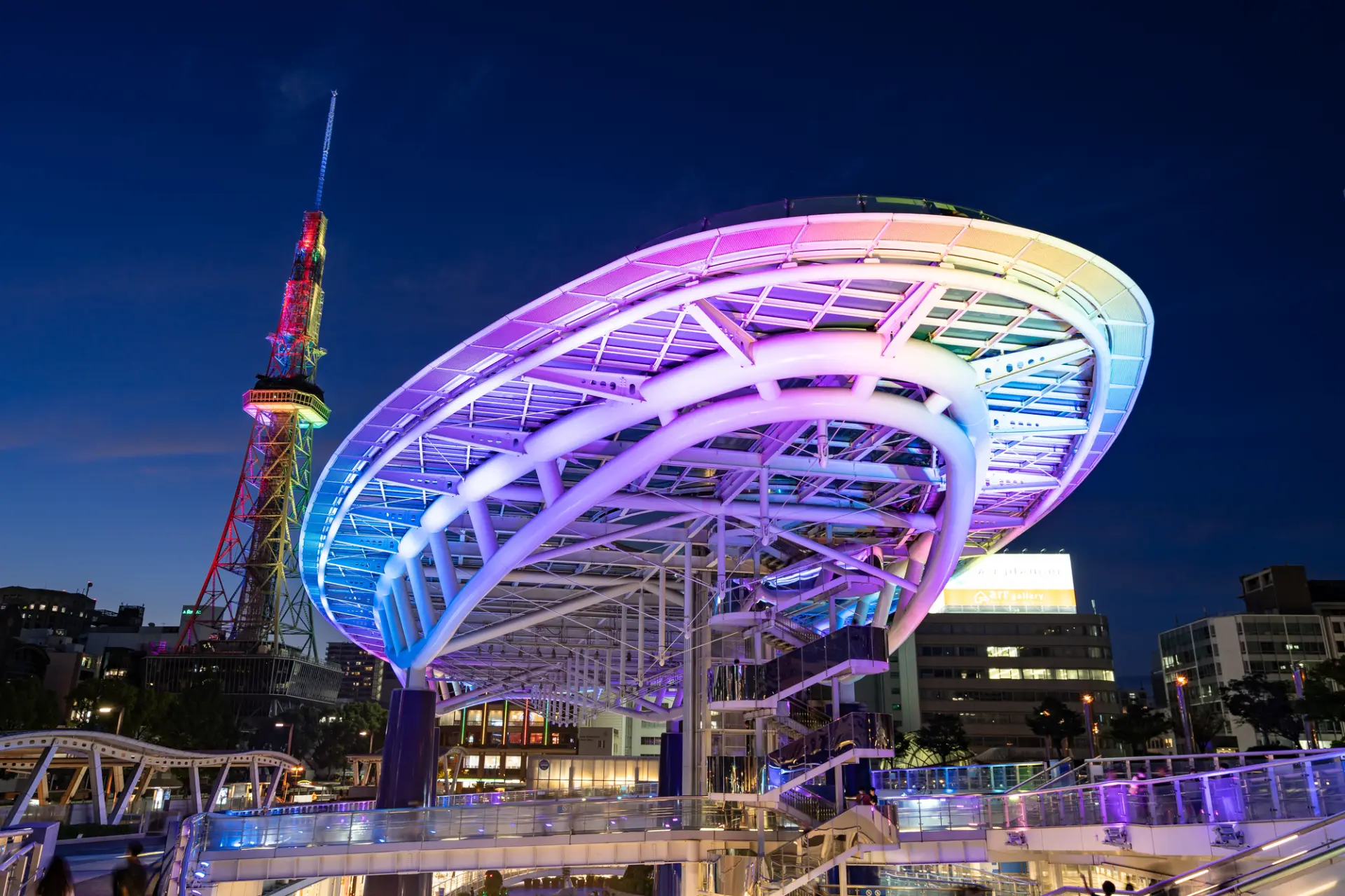
Dinner at EBIDOTE Esca Shop
After exploring Oasis 21, take the Nagoya Municipal Subway Higashiyama Line for about 10 minutes to Nagoya Station.
In the underground shopping street ESCA, directly connected to the station, you will find Ebidote Shokudo, a rare specialty restaurant dedicated to deep-fried shrimp.
For dinner, we recommend the signature dish Ebidote: freshly fried, large, crispy shrimp dipped into a secret sauce made with Hatcho miso.
This hearty dish is both visually appealing and uniquely Nagoya.
After dinner, stay at a hotel near Marunouchi Station to prepare for the next day.
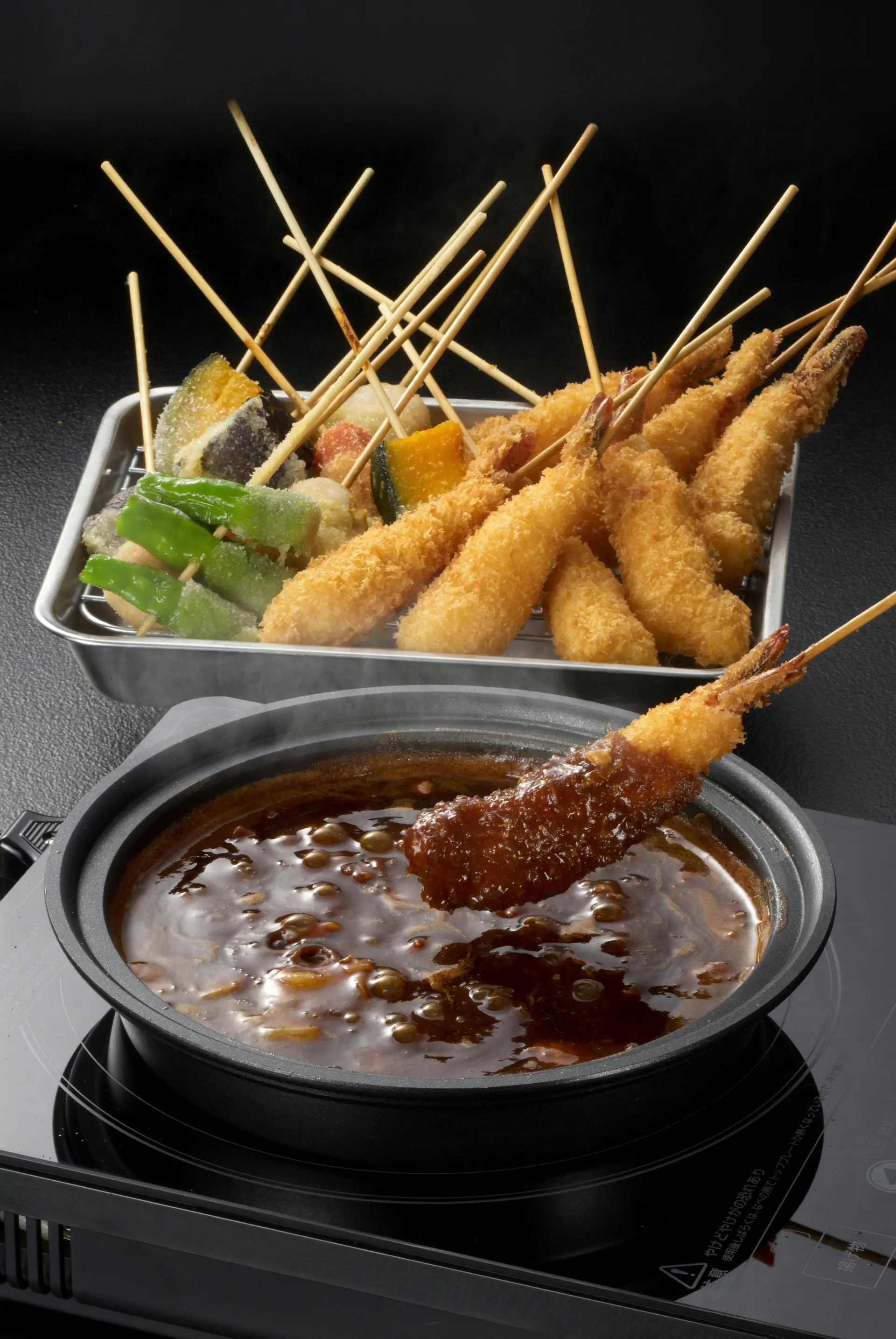
Day 2: Savoring Nagoya’s Food and History
On the second day, you will continue to enjoy the essence of Nagoya.
Starting with its famous morning café culture, the plan combines historical exploration, shrine visits, and traditional cuisine, offering a slightly different experience from the first day.
It will be a stimulating day that satisfies both intellectual curiosity and appetite.
Experiencing Nagoya’s Morning Café Culture at Cafe New Poppy
Nagoya is famous for its morning service culture, where ordering a single drink often comes with complimentary toast or a boiled egg.
On the second day, start with a visit to Cafe New Poppy, located about 5 minutes on foot from Marunouchi Station.
The café preserves a retro Showa-era charm that makes every corner photogenic, and its warm, homey atmosphere is loved by locals.
The standard set includes a drink, one slice of toast, a boiled egg, and salad. For bigger appetites, you can order two slices of toast or even a curry breakfast for an additional fee.
If time permits, take a short walk to the Endoji Shopping Street, a historic arcade dating back to the Meiji era (1868-1912). The area is lively with a mix of venerable old shops and unique new ones, making for an enjoyable stroll.
Exploring Kiyosu Castle Linked to Oda Nobunaga
After breakfast, take about 20 minutes from Marunouchi Station to Kiyosu Station, then walk about 15 minutes to reach Kiyosu Castle.
This castle, once the residence of Oda Nobunaga, is a historically important site where the Kiyosu Alliance and the Kiyosu Conference took place.
It is especially popular among history enthusiasts as the location where Nobunaga took his first step toward unifying Japan.
The keep was reconstructed in 1989 and now houses a museum displaying local historical materials, armor replicas, and video exhibits. From the observation deck at the top, you can enjoy panoramic views of the townscape, and in spring, the sight of cherry blossoms is particularly beautiful.
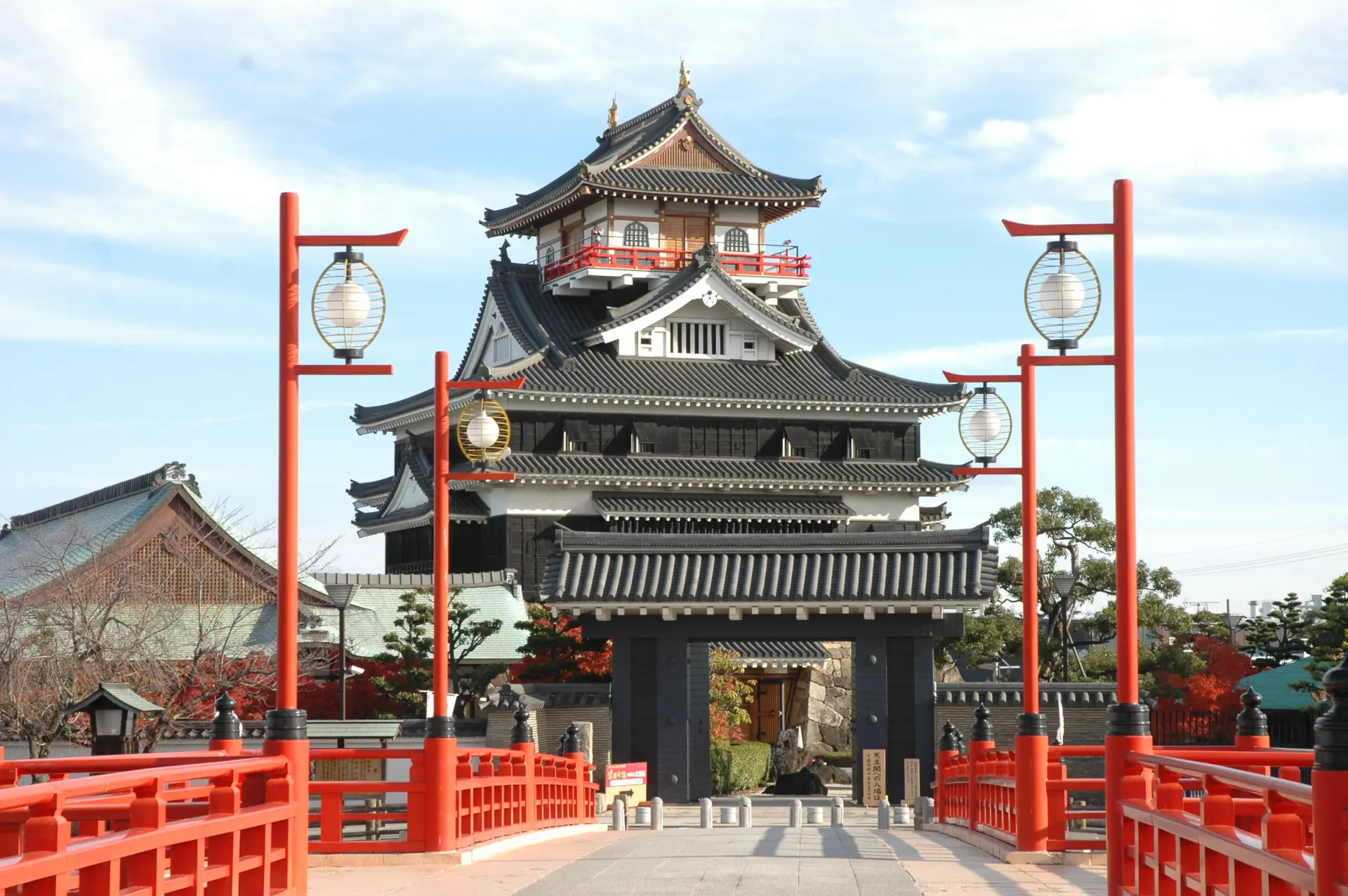
Discovering Local Treasures at Atsuta nagAya
After exploring Kiyosu Castle, head to Atsuta nagAya, a newly opened tourist and commercial facility near Jingū-mae Station.
From Kiyosu Station, transfer at Kanayama Station and take the Meitetsu Nagoya Main Line Limited Express, arriving in about 30 minutes.
Opened in 2024 under the concept of “a place to savor and rediscover regional charms,” this facility recreates the feel of traditional townhouses along old highways in a modern way.
Inside, you will find shops selling local specialties, souvenirs, and food, making it a great place for both shopping and casual dining.
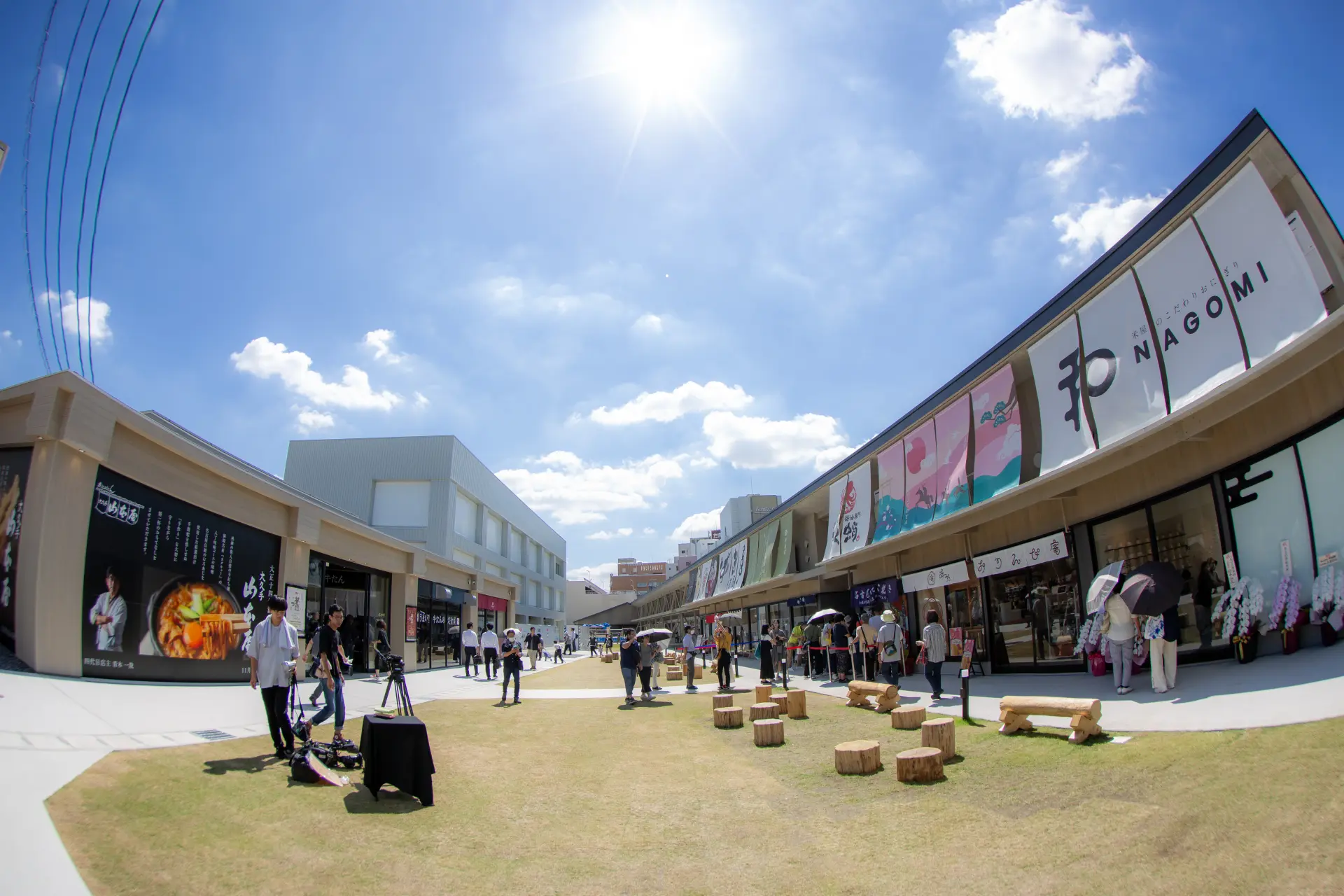
Experiencing Japanese History at Atsuta Jingu
Within walking distance of Atsuta nagAya is Atsuta Jingu, founded in AD 113 and revered as one of Japan’s most prestigious shrines, second only to Ise Jingu.
Affectionately known as Atsuta-san, it has long been cherished by locals.
The spacious grounds feature the Main Sanctuary, Kaguraden, and a Treasure Hall. Other highlights include the ancient camphor tree Nanahon Kusunoki and the stone bridge Nijugocho-bashi.
It is also the site where the legendary Kusanagi-no-tsurugi (sacred sword), one of the Three Sacred Treasures of Japan, is enshrined.
Walking along the sacred approach gives you the chance to experience both history and nature in one place.
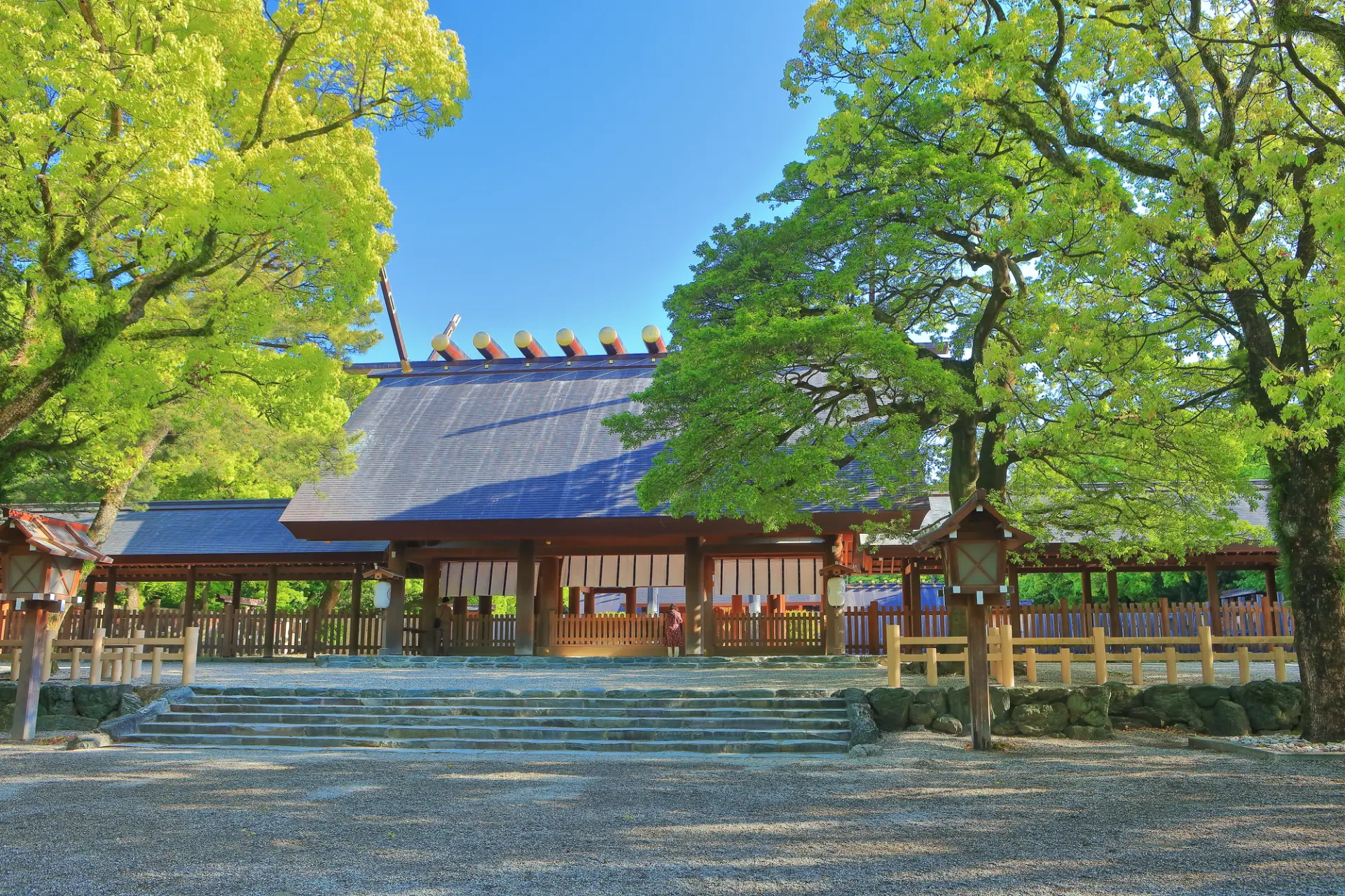
Dining on Hitsumabushi at Atsuta Houraiken Main Store
After visiting Atsuta Jingu, end the day with dinner at the long-established eel specialty restaurant Atsuta Houraiken Main Store, located nearby.
The restaurant is the birthplace of Hitsumabushi, Nagoya’s famous eel dish.
The eel is carefully grilled over binchotan charcoal and flavored with a secret sauce that has been passed down for over 150 years.
One of the charms of Hitsumabushi is that it can be enjoyed in three different ways: first as it is, then with condiments, and finally by pouring hot broth over the rice and eel. This allows you to appreciate the changing flavors in each step.
After dinner, return to Nagoya Station and stay at a nearby hotel to prepare for Day 3.
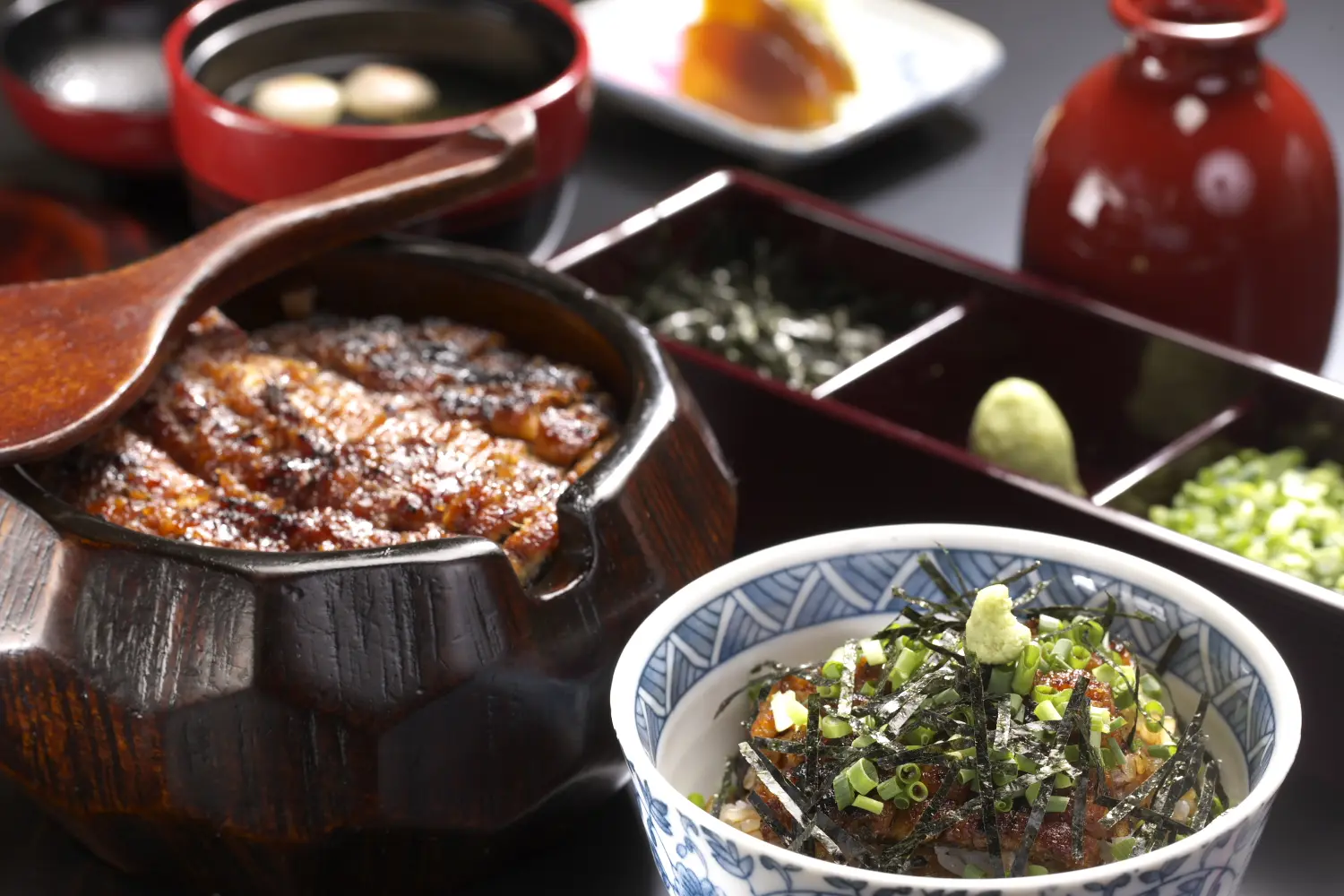
Day 3: Experiencing Kyoto’s Profound History and Culture
On the third day, you will move from Nagoya to Kyoto, immersing yourself in the ancient capital’s history, culture, and the depth of Japanese cuisine.
Even in a short time, you will be able to enjoy serene spaces where Kyoto’s history lives on.
From Nagoya Station to Kyoto Station by Shinkansen
After breakfast, take the Shinkansen Nozomi from JR Nagoya Station to Kyoto Station.
Make sure to take the Nozomi, as other services will take longer. With departures running about every 10 minutes, you can travel without stress.

Visiting the World Heritage Site: Shimogamo Shrine
From Kyoto Station, board the Kyoto City Bus at stop A2 and ride for about 30 minutes to Shimogamo Shrine-mae. From there, it is only a short walk to reach Shimogamo Shrine (Kamomioya-jinja).
This ancient shrine is dedicated to Kamotaketsunumi-no-Mikoto, the deity who founded Kyoto, and his daughter Tamayorihime-no-Mikoto.
In 1994, it was registered as part of the UNESCO World Heritage Site “Historic Monuments of Ancient Kyoto.”
The grounds also include the vast primeval forest Tadasu-no-Mori, which preserves ancient vegetation and allows visitors to feel the breath of antiquity.
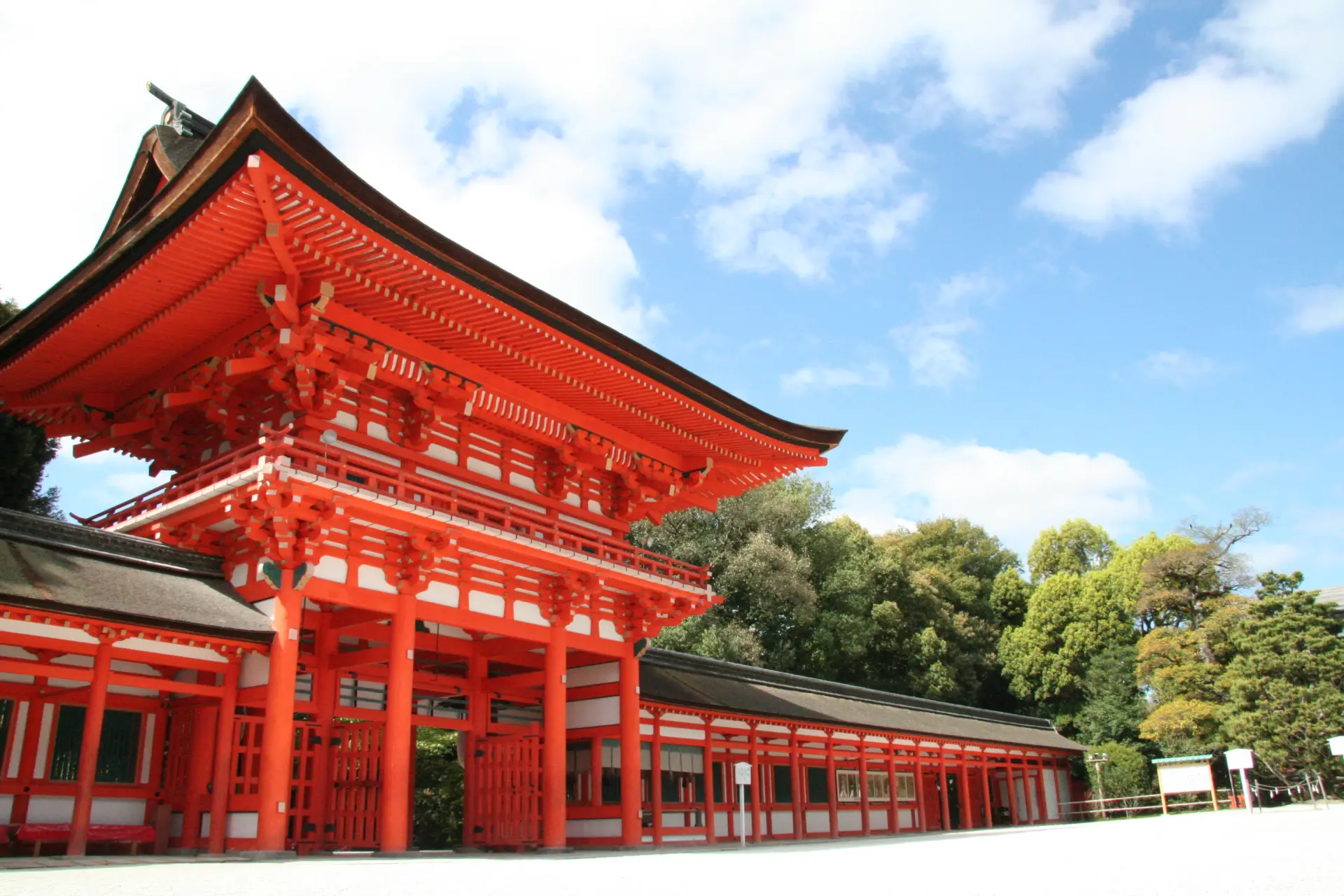
Learning about Kyoto’s History and Culture at the Kyoto National Museum
Next, head to Demachiyanagi Station, then take the Keihan Line to Shichijo Station. From there, walk about 10 minutes to the Kyoto National Museum.
Here, you can admire Kyoto-related paintings, sculptures, and crafts, gaining a deeper appreciation of Japanese history and aesthetics.
The museum’s architecture is also noteworthy: the red-brick Meiji Kotokan Hall during the Meiji era, and the modern Heisei Chishinkan Wing, both add to the experience.
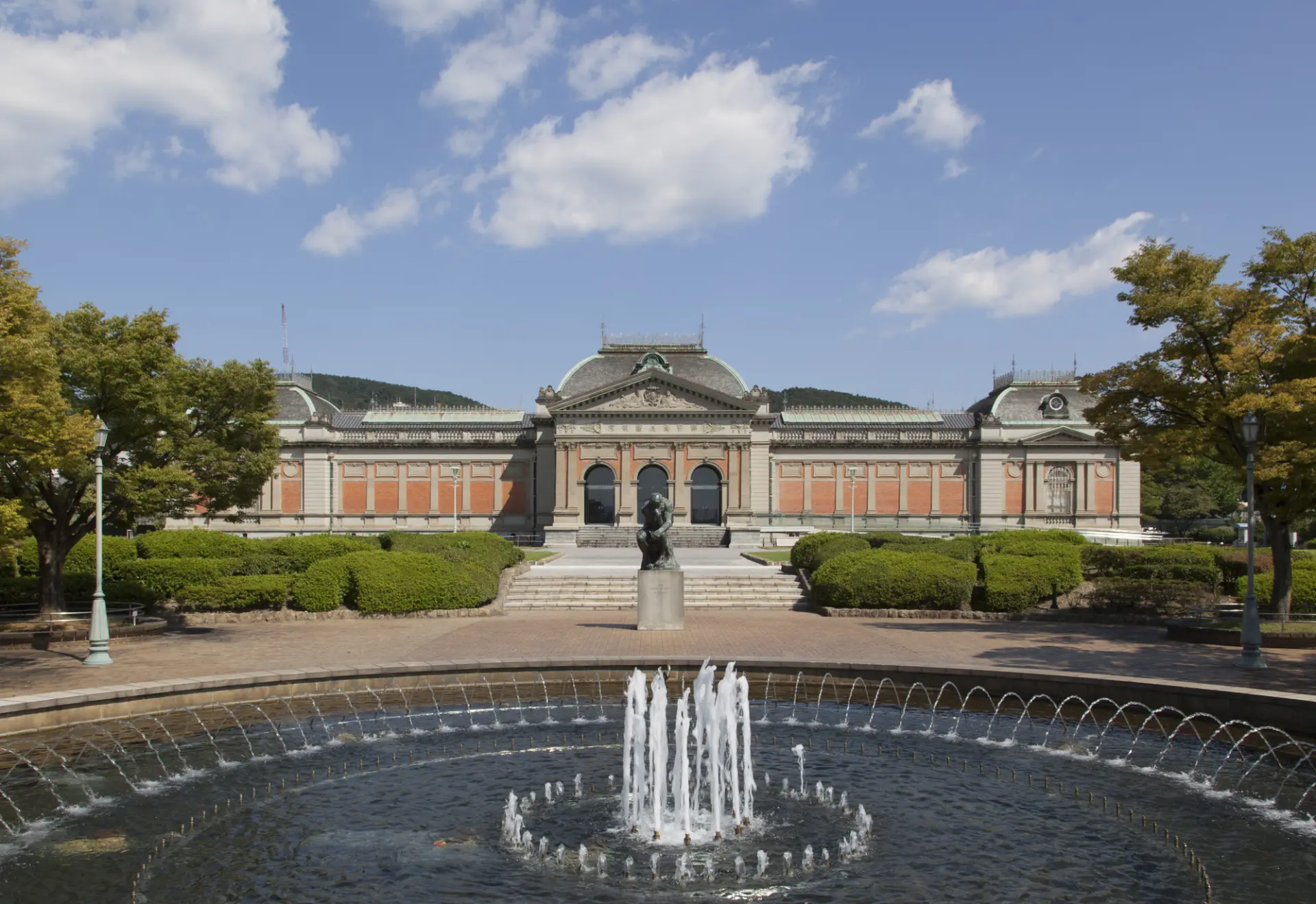
Savoring Kyoto Cuisine at Hashitate in Kyoto Station Building
After fully enjoying the museum, return to Kyoto Station and have dinner at Hashitate, a casual Japanese restaurant produced by the long-established Kyoto restaurant Wakuden.
The restaurant offers high-quality Kyoto cuisine such as rice bowls, set meals, and à la carte dishes. The most recommended is the Hashitate Set, which includes a sea bream sesame miso rice bowl, miso soup, and Seiko, a confection made with lotus root starch. This set allows you to fully savor the refined techniques of Kyoto’s traditional cuisine.
Takeout is also available, so if you are pressed for time, you can enjoy it on the Shinkansen.
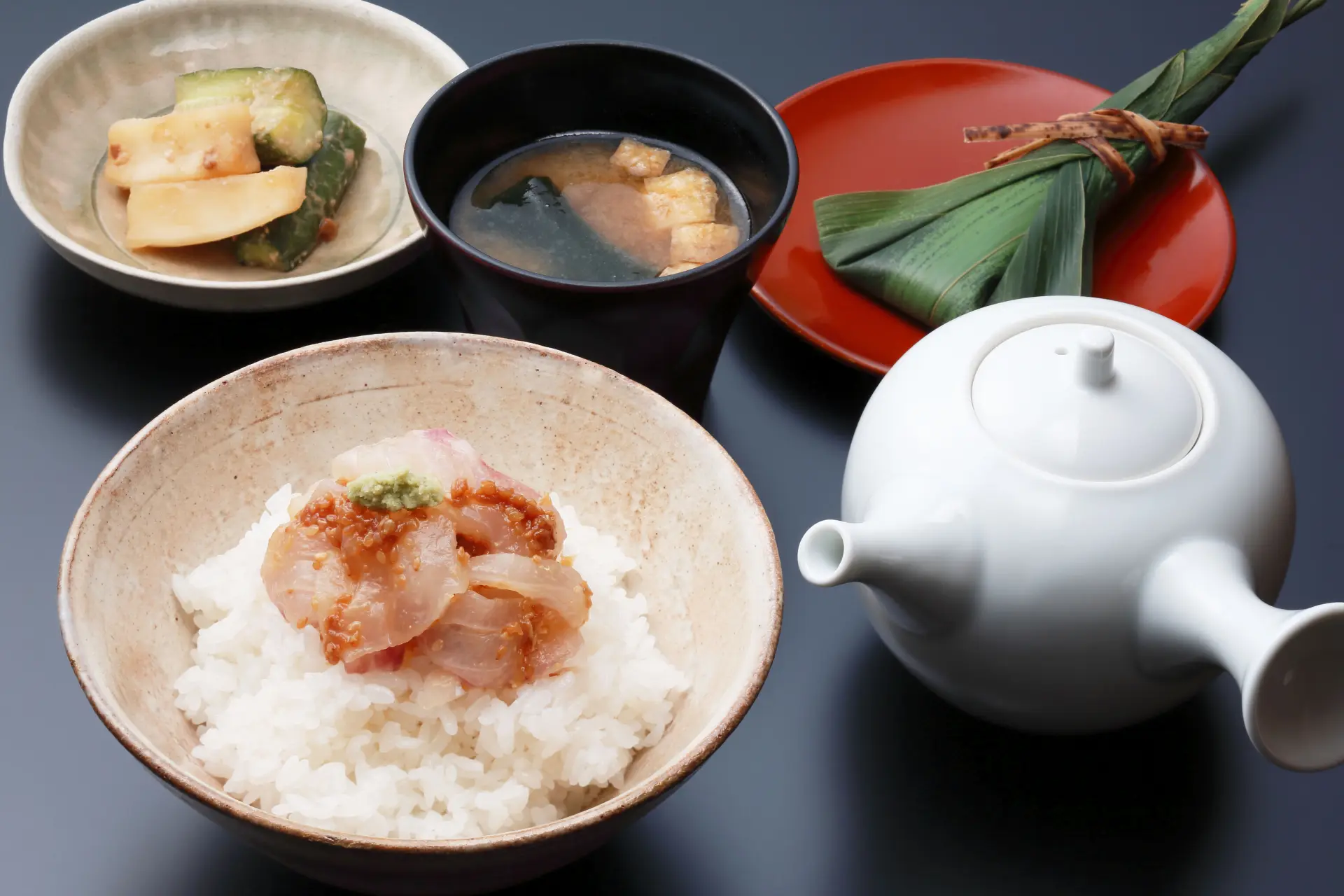
From Kyoto Station to Osaka Station
After dinner, take the JR Kyoto Line Special Rapid Service from JR Kyoto Station to Osaka Station, a ride of about 30 minutes.
After 8:00 pm, trains run about every 20 minutes, so checking the timetable in advance helps minimize waiting time.
If you still have energy, exploring the streets around Osaka Station or enjoying local flour-based dishes such as takoyaki and okonomiyaki is also recommended.
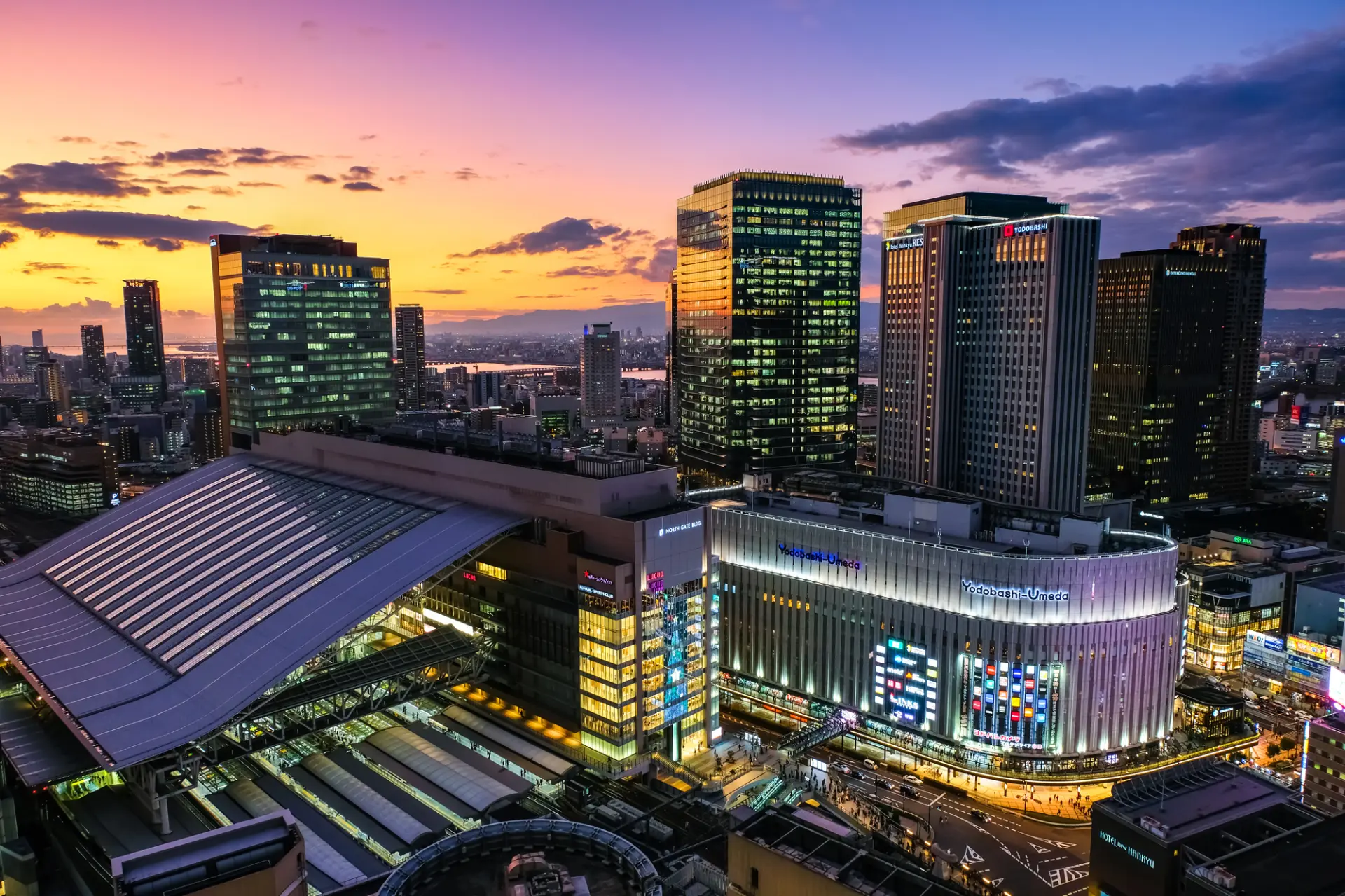
Day 4: Exploring Osaka’s Hidden Spots
On the final day, explore Osaka’s hidden spots.
In just one day, you can experience Osaka’s nature, history, local culture, and its lively, energetic atmosphere, ending your journey with a sense of fulfillment.
Strolling Through the Sacred Katsuo-ji Temple
Begin from Osaka Metro Midosuji Line Umeda Station (about a 5-minute walk from Osaka Station), then transfer to a Hankyu Bus to reach Katsuo-ji Temple, located in the mountains of Minoh City.
With a history of over 1,300 years, this temple has long been revered as the Temple of Winning Luck, attracting many visitors as a spiritual power spot.
People come here to pray for success in exams, protection from misfortune, or recovery from illness. The sight of countless red Kachi-Dharma (winning dharma) lined up throughout the grounds is truly impressive.
The temple grounds also feature seasonal flowers such as cherry blossoms, rhododendrons, and autumn leaves, creating a majestic space where natural beauty and sacred atmosphere are in harmony.
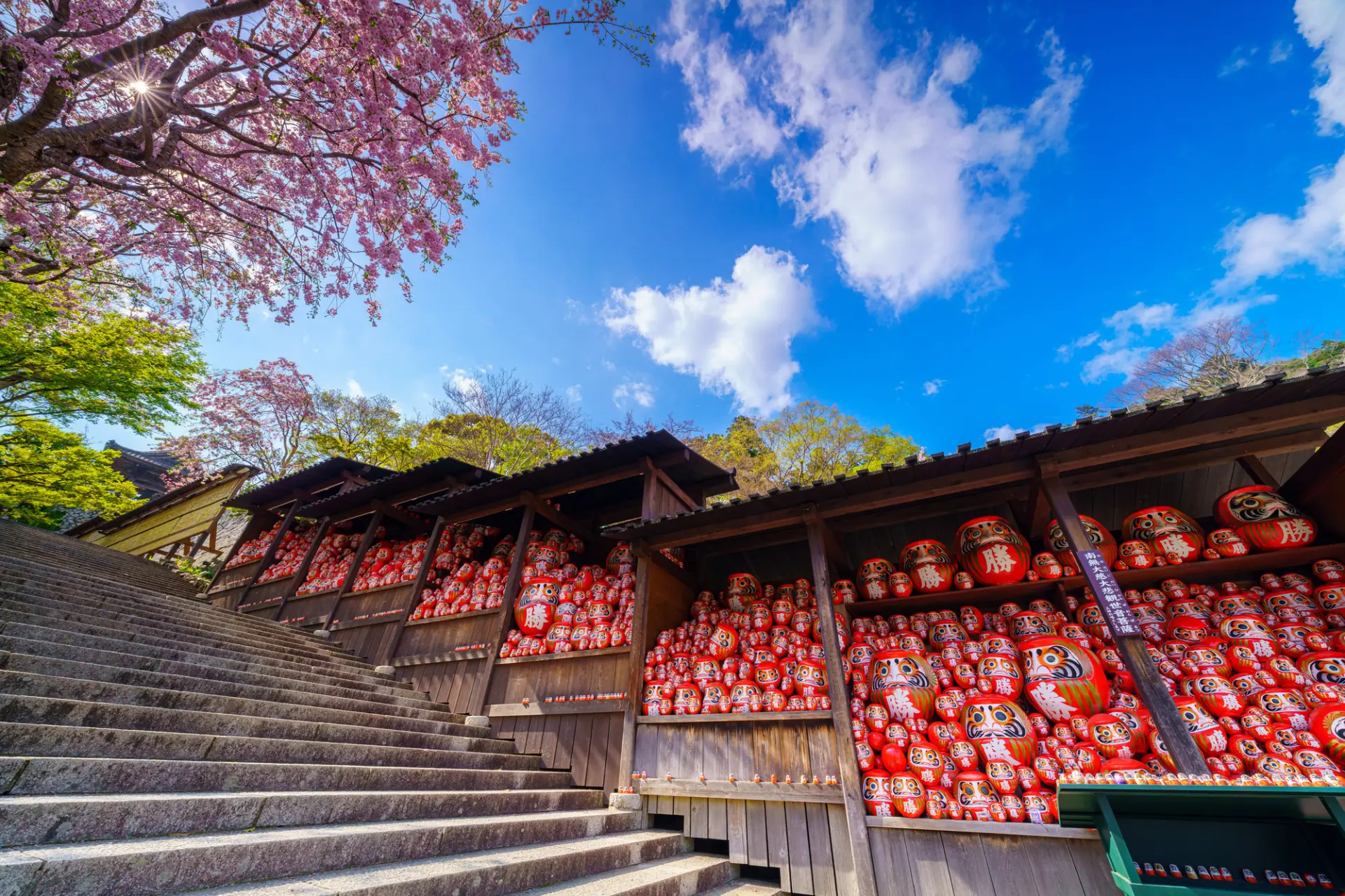
A Deep City Walk in Nakazakicho
After your visit to Katsuo-ji Temple, return to Umeda Station, then head to Nakazakicho Station to explore the district of Nakazakicho.
This area preserves pre- and post-war wooden houses and traditional townhouses, blending retro Showa-era streetscapes with a modern creative atmosphere.
Its maze-like alleys make walking around an enjoyable activity in itself.
The area is dotted with old-house cafés, general stores, vintage clothing shops, and galleries, offering visitors a chance to escape the city’s bustle and discover diverse charms.
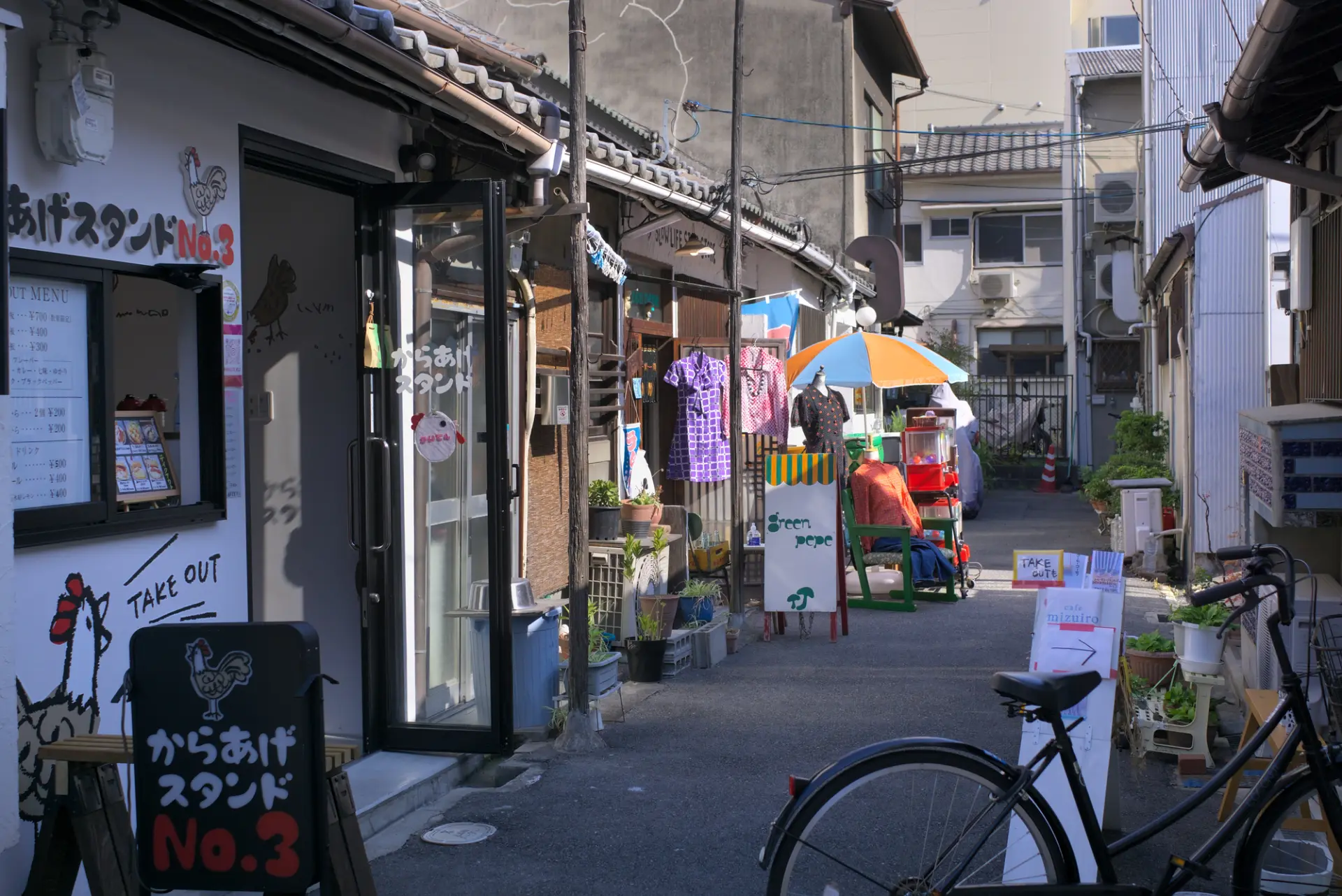
Shopping at Ebisubashisuji Shopping Street - Brimming with Osaka Atmosphere
Finally, head to Ebisubashisuji Shopping Street, located in the heart of Minami.
From Nakazakicho, return to Umeda, then take the Osaka Metro Midosuji Line to Namba Station, where the arcade is only a short walk away.
Stretching about 370 m, this covered shopping street is lined with around 100 shops, creating a lively atmosphere full of Osaka’s distinctive warmth and energy.
Nearby are iconic landmarks such as the Glico Sign and the giant moving crab sign of Kani Doraku, both extremely popular photo spots.
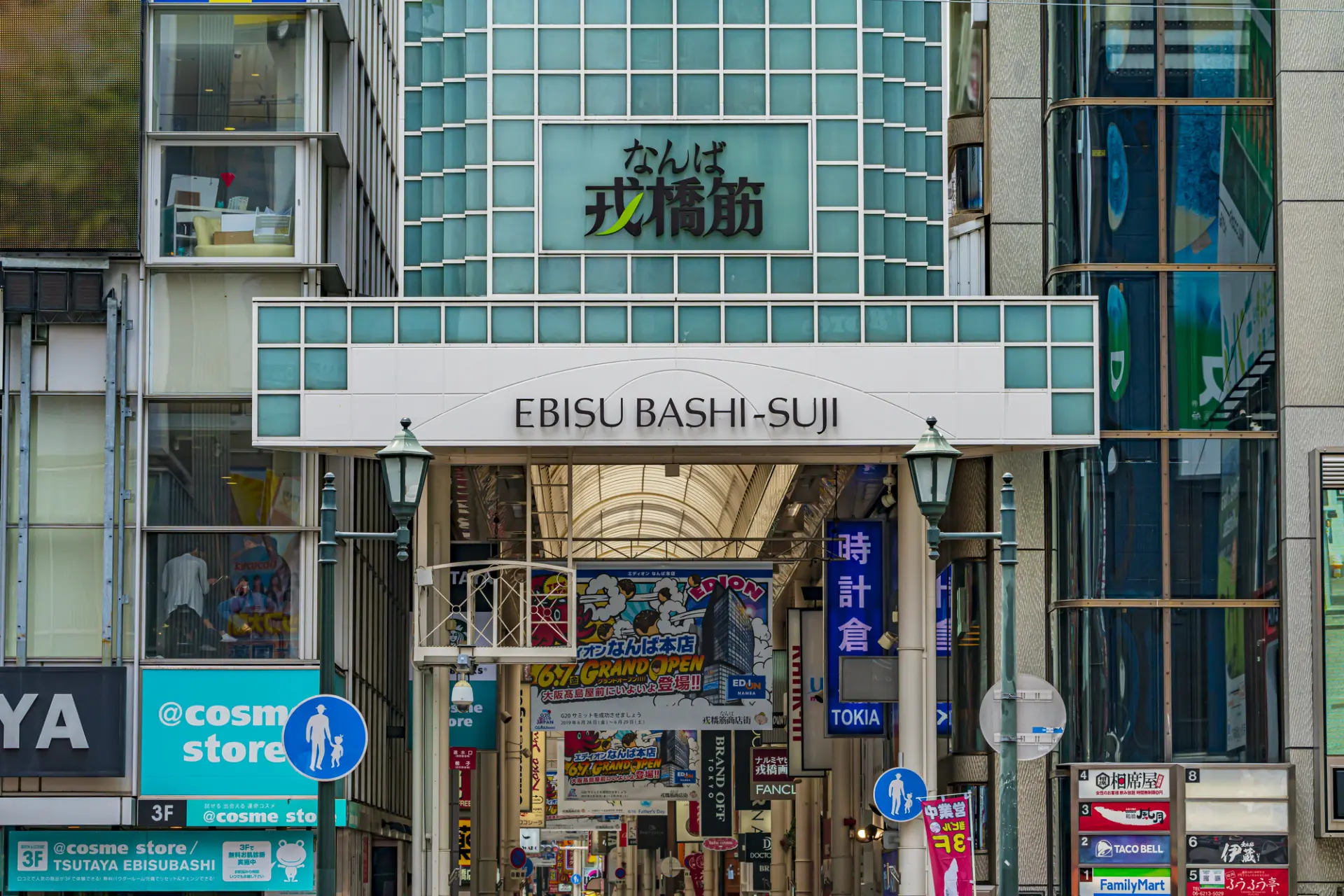
Returning Home from Kansai International Airport
After enjoying your time at Ebisubashisuji, it’s time for the finale.
From Namba Station, take the Nankai Line Airport Express for about 50 minutes to Kansai International Airport to begin your journey home.
This 4-day trip will have given you the opportunity to experience the many faces of both the Chubu and Kansai regions.
As you reflect on your memories of historic sites, World Heritage locations, and retro streetscapes during your flight home, you will likely find yourself smiling.
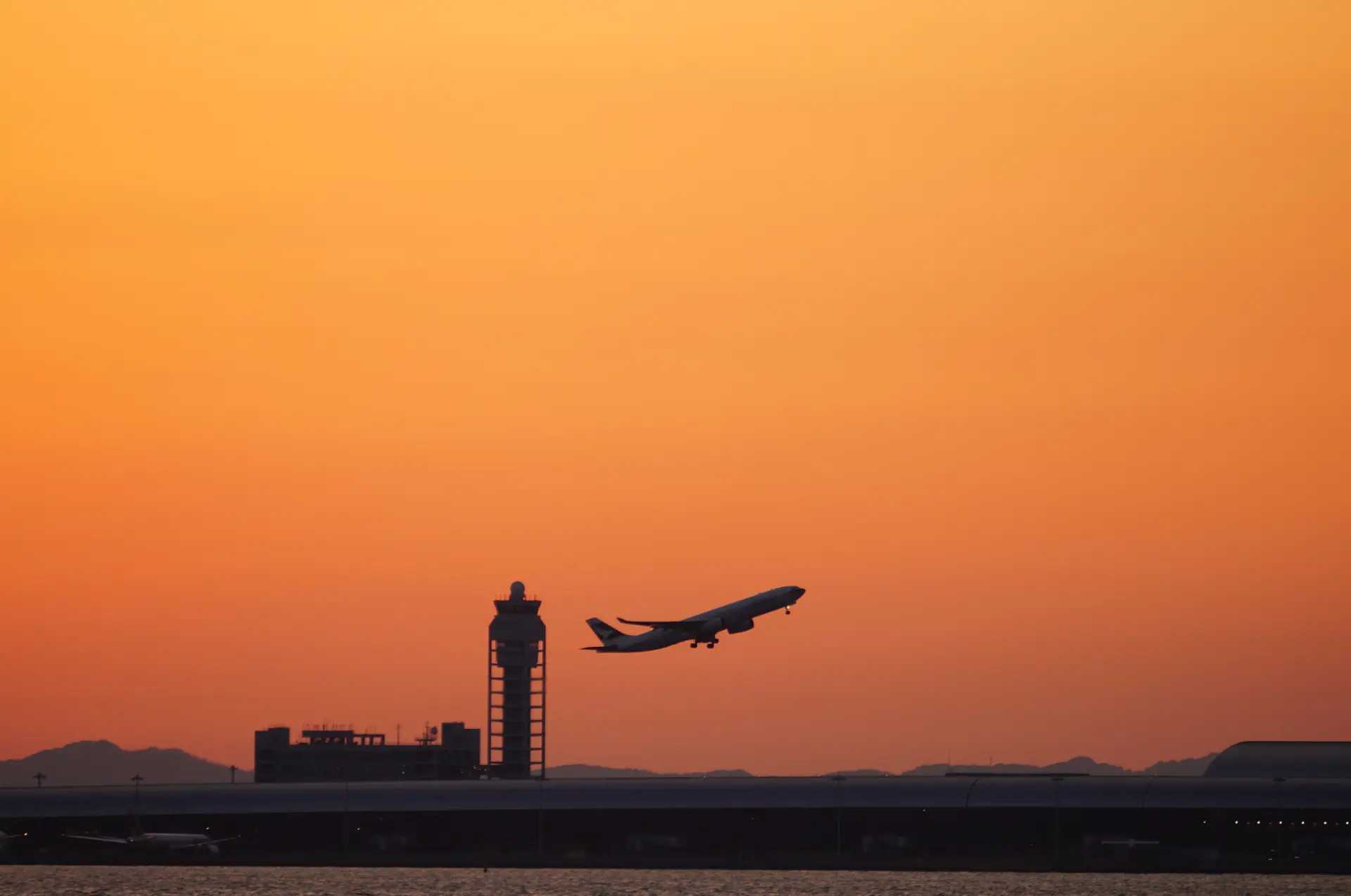
Wrap Up
In this article, we introduced the benefits of starting a Kansai trip from Chubu Centrair International Airport (Centrair), along with a 4-day, 3-night model course to enjoy hidden gems across Nagoya, Kyoto, and Osaka.
If you are considering a Kansai trip, we recommend using this plan as a reference and starting your journey from Nagoya.
It will be a trip that allows you to discover the unique charms of both the Chubu and Kansai regions that you may not have known before.

